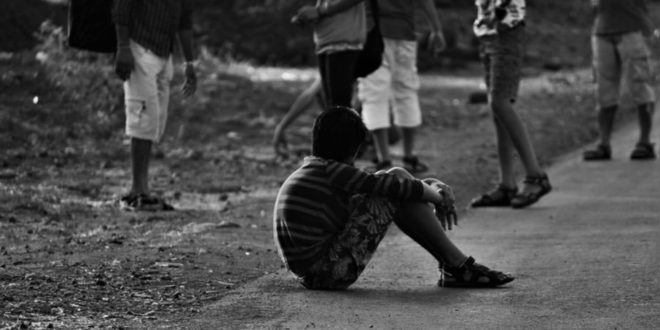Cognitive behavioral therapy (CBT) is a well-supported treatment for social anxiety disorder (SAD), a mental health condition characterized by fear of judgment or embarrassing oneself in social situations. Traditionally, evidence for CBT’s efficacy in the treatment of SAD has been demonstrated through randomized controlled trials of 12-16 sessions of manualized CBT. Response rates in these trials are moderately high, and range from about 58-75% (Heimberg et al., 1990; Heimberg et al., 1998; Ledley et al., 2009). Despite these promising results, some patients still do not experience clinically significant improvements in these typical, short courses of CBT. One possible explanation for non-response is that individuals who do not initially make improvements during CBT may need an alternative treatment approach. However, it is also possible that those who do not respond to a typical course of CBT for SAD may simply need a longer course of treatment to attain the same effects. Thus far, research has not demonstrated whether continual gains can be made if CBT is continued past the traditional 16-20 session course. Additionally, there are no consistent predictors in the literature on which patients respond to the typical short course of CBT for SAD. If predictors of treatment response could be identified, clinicians would be able to accurately identify patients who might benefit from a short course of CBT as well as those who may need to stay in treatment for longer than 16-20 sessions.
We set out to examine whether individuals who continued treatment past the traditional 16-20 session course of CBT would experience further reductions in social anxiety and to predict who ended treatment after the typical 20 sessions versus who continued treatment. We used data collected in a university outpatient clinic which specializes in CBT for SAD; treatment was delivered in a manualized format, but clinicians had latitude to flexibly approach treatment based on individual clients’ needs. We examined the differences between the 38 patients who ended treatment around 20 sessions of CBT and the 34 patients who continued treatment past this typical length. We did not identify any factors (e.g., demographics, comorbid diagnoses, severity of depression) that predicted who ended treatment around the typical 20-session course and who stayed in treatment longer.
Our findings also lend support to clinician’s judgment to continue treatment for certain patients. The patients who ended treatment around 20 sessions had improved significantly more by that time on objective measures of social anxiety compared to those who stayed in treatment. Then, those who stayed in treatment continued to improve with their additional sessions. This tells us that, for those who stayed in treatment, the additional sessions were valuable and led to greater decreases in their social anxiety. We believe this also has clinical implications by instilling confidence in the ability of the patient and therapist to collaboratively determine when additional treatment sessions would provide added benefit to a given person.
Read the full paper: Butler, R. M., O’Day, E. B., & Heimberg, R. G. (2020). The benefits of a longer course of cognitive behavioral therapy for some patients with social anxiety disorder. Cognitive Behaviour Therapy. doi: 10.1080/16506073.2020.1829027.

Photo by: Jagdish Choudhary
 Cognitive Behaviour Therapy A peer reviewed, multidisciplinary journal devoted to the application of behavioural and cognitive sciences to clinical psychology and psychotherapy.
Cognitive Behaviour Therapy A peer reviewed, multidisciplinary journal devoted to the application of behavioural and cognitive sciences to clinical psychology and psychotherapy.




